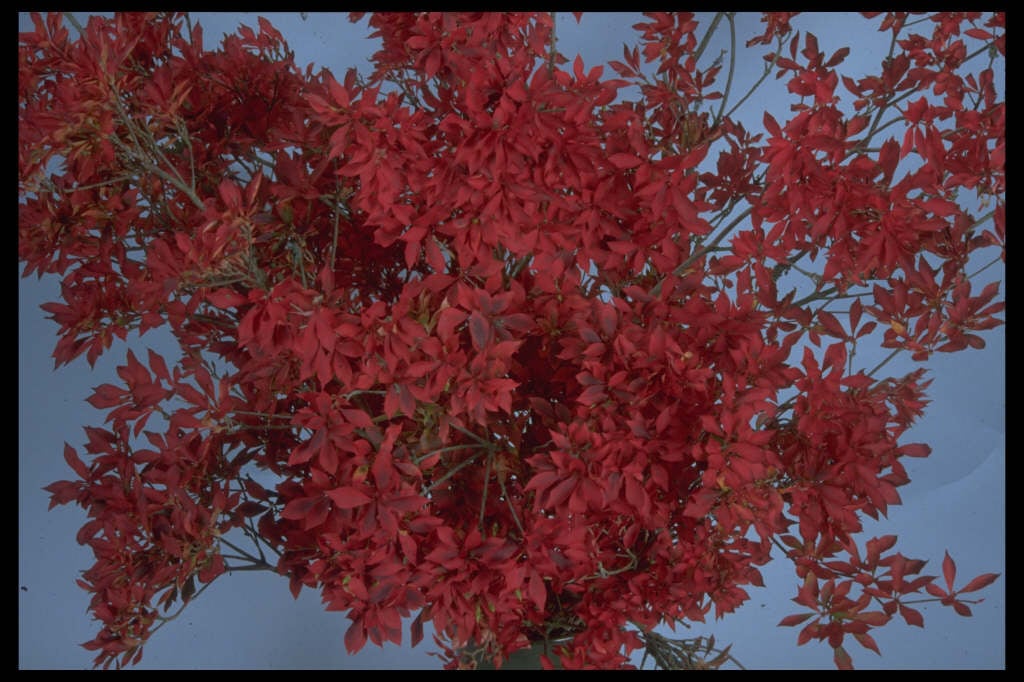Enkianthus perulatus
dodan-tsutsuji
A compact, medium-sized deciduous shrub with ovate leaves turning red and orange in autumn. Small pure white, urn-shaped flowers in clusters in spring
Size
Ultimate height
1.5–2.5 metresTime to ultimate height
10–20 yearsUltimate spread
1.5–2.5 metresGrowing conditions
Moisture
Moist but well–drained, °Â±ð±ô±ô–d°ù²¹¾±²Ô±ð»åpH
Acid, NeutralColour & scent
| Stem | Flower | Foliage | Fruit | |
| Spring | White | Green | ||
|---|---|---|---|---|
| Summer | Green Orange Red | |||
| Autumn | ||||
| Winter |
Position
- Full sun
- Partial shade
Aspect
East–facing or South–facing or °Â±ð²õ³Ù–f²¹³¦¾±²Ô²µ
Exposure
Exposed or Sheltered Hardiness
H5Botanical details
- Family
- Ericaceae
- Native to GB / Ireland
- No
- Foliage
- Deciduous
- Habit
- Bushy
- Genus
Enkianthus are deciduous shrubs with simple, alternate leaves often colouring brilliantly in autumn, and umbels of racemes of small urn- or bell-shaped flowers in spring or summer
- Name status
Correct
- Plant range
- Japan, Taiwan
How to grow
Cultivation
Grow in well-drained, humus-rich soil in sun or partial shade. Prefers an open, woodland site
Propagation
Propagate by semi-hardwood cuttings
Suggested planting locations and garden types
- Cottage and informal garden
- Low Maintenance
- Flower borders and beds
Pruning
Pests
Generally pest-free
Diseases
May be susceptible to honey fungus in gardens where it is present but insufficient data to determine degree of susceptibility
Get involved
91µ¼º½ is the UK’s leading gardening charity. We aim to enrich everyone’s life through plants, and make the UK a greener and more beautiful place.
